
Describes the journey of Lewis and Clark through the western United States, focusing on the plants they cataloged, their uses for food and medicine, and the plant lore of Native American people.
Materials from United States of America

Describes the journey of Lewis and Clark through the western United States, focusing on the plants they cataloged, their uses for food and medicine, and the plant lore of Native American people.
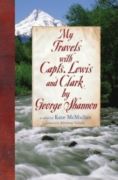
A fictional journal recounting the travels–from Pittsburgh to the Pacific Ocean–of sixteen-year-old George Shannon, the youngest member of Lewis and Clark’s Corps of Discovery.
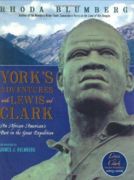
Relates the adventures of York, a slave and “body servant” to William Clark, who journeyed west with the Lewis and Clark Expedition of 1804-1806.
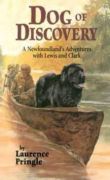
Introduces Seaman, the Newfoundland dog that served as hunter, retriever, and guard dog on the Lewis and Clark expedition through the Northwest Territory of the United States at the beginning of the nineteenth century.
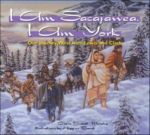
When Lewis and Clark’s Corps of Discovery set out in the spring of 1804, they had chosen to go on an unprecedented, extremely dangerous journey. It would be the adventure of a lifetime. Unlike others in the group, two key members did not choose to join the hazardous expedition: York, Clark’s slave, and Sacajawea, considered to be the property of Charbonneau, the expedition’s translator. The unique knowledge and skills Sacajawea and York had were essential to the success of the trip. The dual stories of these two outsiders, who earned their way into the inner core of the Lewis and Clark Expedition, shed new light on one of the most exciting and important undertakings in American history.
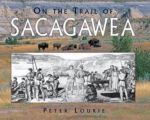
Boyds Mills Press publishes a wide range of high-quality fiction and nonfiction picture books, chapter books, novels, and nonfiction.
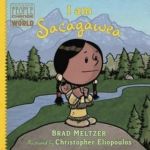
A biography of Sacagawea, the Shoshone woman who served as a translator for the Lewis and Clark Expedition.

A present-day journey that follows Lewis and Clark’s trail up the Missouri River.

A girl describes how each person in the family has hair that looks and acts different, Papa’s like a broom, Kiki’s like fur, and Mama’s with the sweet smell of bread before it’s baked.
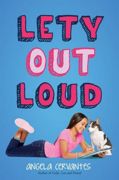
Lety Muñoz’s first language is Spanish, and she likes to take her time putting her words together. She loves volunteering at the Furry Friends Animal Shelter because the dogs and cats there don’t care if she can’t always find the right word. When the shelter needs a volunteer to write animal profiles, Lety jumps at the chance. But grumpy classmate Hunter also wants to write profiles — so now they have to work as a team. Hunter’s not much of a team player, though. He devises a secret competition to decide who will be the official shelter scribe. Whoever helps get their animals adopted the fastest wins. The loser scoops dog food. Lety reluctantly agrees, but she’s worried that if the shelter finds out about the contest, they’ll kick her out of the volunteer program. Then she’ll never be able to adopt Spike, her favorite dog at the shelter!
This book has been included in WOW’s Language and Learning: Children’s and Young Adult Fiction Booklist. For our current list, visit our Booklist page under Resources in the green navigation bar.